Collection: Georgian Wine Spotlight
In a 1918 text by ‘Ekonomist Gruzii’ (quoted by Lisa Granik in her book The Wines of Georgia), the magnificence of Georgian Wine is put in thrillingly straightforward terms: “Georgia predominantly is a winemaking country, and on her territory you can hardly find a corner where by natural conditions a grapevine cannot grow… certain parts of Kakheti [are] literally a solid vineyard.” This is the grapevine’s ancestral home. Now, let’s go for a walk…
Region: Samegrelo
In the western reaches of the country, the climate is subtropical and maritime; it rains quite often and the topography is dominated by natural watersheds, intricate limestone canyons with emerald-colored waterways, lowlands, and marshland. This is Samegrelo, one of Georgia’s most bucolic provinces, where flora and fauna uncommon to the rest of the country thrive within a unique ecosystem. By many accounts, here is where wine may have its oldest documentation in this country with the longest unbroken winemaking tradition in the world. A fun fact – up until the 20th century the Maghrali method of grape-cultivation was still widely utilized in Samegrelo, whereby the vine was trained up the trunks of trees! The principal varieties here are the absurdly gorgeous Ojaleshi that has been given new life post-Soviet rule where it was overfarmed into semi-sweet oblivion; at its best, Ojaleshi renders a wine that is unmistakable. Ruby-red and full of salty strawberries and underripe cherries, basil, black olives, fenugreek… from this region, we have rare Mingrelian treats from Martvili Marani and Oda Family Winery, each with their own take on Ojaleshi in addition to two amber wines from Martvili, one of Tsolikouri and one of Krakhuna.
Region: Imereti
Moving east from the Kolkheti Lowlands of Samegrelo, we cross over into Imereti, a central region of Georgia famous for its gorges, mulberries, and of course wine production. Bordered to the south by the Meskheti Mountain range, Imereti is criss-crossed by some of Georgia’s most important rivers – including the Rioni – and their tributaries, making the region topographically up and down, one comprised of river valleys which, as we know, happen to be the places grapevines love to make their homes. There are loads of varieties that thrive in this remarkably diverse region, among them the red grapes Aladasturi (cited as some of the best ruby/pink wine when drunk young) and late-ripening Otskhanuri-Sapere. The white varieties range from Krakhuna (tr.: “crisp”) and Tsolikouri to Tsitska, a gem of a grape best known for its inclusion in the otherwise rare Georgian sparkling wine. Makaridze Marani and Freya’s Marani (Enek Peterson) are both top-top producers we love and they both hail from Imereti.
Region: Meskheti
We take a slight turn south here to visit Meskheti, the eponymous region of the mountain range that dominates this southerly sleeve of Georgia. And the story here is elevation. All of a sudden the vineyards which have been found on the slopes of softly rolling river valleys, or trellised in the Kolkheti Lowlands, or along the shores of the Black Sea – here, the anatomy of the vineyard transforms into terraces. From about 900-1700 meters elevation (that’s over 5500 feet into the sky), grapes are grown – and in the case of our producer from this region, foraged – and varieties such as Meskhuri Mtsvane and Meskhuri Shavi thrive. Giorgi Natenadze of Natenadze’s Wine Cellar has crafted two different cuvées we are lucky enough to have on hand – a gently amber wine and a smooth-as-can-be cool-climate red, with a silken texture as comforting as you can find in any bottle. These wines have the distinction of being borne by foraged grapes rather than farmed – truly insane, logic-defying stuff. Rare as rare gets.
Region: Kartli
Continuing to move east along this southern stretch of the country, through the Meskheti range, we come to Kartli, a region that finds itself in an odd state of topographical temperance – you know, not too hot, not too cold. Located within elevated river basins, the Kartli wine region’s capital is the nation’s: Tbilisi. Kartli’s viticultural history has, in recent centuries, inevitably incorporated some European influence – it is here that the larger international market once touched the Georgian winemaking tradition and (thankfully) has had otherwise little presence in the Georgian wine scene today. In this way, there are some European varieties grown here, and there is also the outlier of a sparkling winemaking method. Our producer from this region has brilliantly incorporated the totality of this history. Ori Marani translates to “2 wineries” and, following this, embraces the Georgian and European strains inherent to the project (it’s a husband-wife team of Georgian/French nationality!), growing Georgian varieties and fermenting in Qvevri before aging in neutral French oak.
Region: Kakheti
Finally, we have landed all the way at the eastern edges of the country, in the nation’s largest and most historically important winemaking region, Kakheti. Accounting for more than 70% of the nation’s 55,000 hectares of vines, Kakheti is squeezed between the Caucasus range to the north, Kartli range to the west, Gareji Uplands and Shiraki Plateau to the South, and the border with Azerbaijan to the East where the terrain begins to descend into rolling lowlands. This is the home of Georgian winemaking, where the Qvevri vinification process – its trademark earthenware, egg-shaped vessels and skin-contact technique – was incorporated into the UNESCO “Intangible Heritage of Humanity” list. This says it all: this is the heart of the heart of wine and its relation to us, our production of it as a human species, where it all began and where it is still going and going and going. We have a smattering of producers with absurdly delicious wines hailing from this sacred region.
-
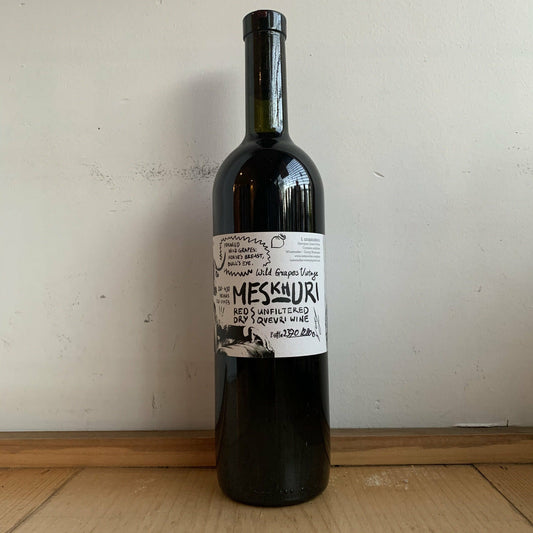 Sold out
Sold outNatenadze Wines "Meskhuri Red" 2018
Vendor:ThirstRegular price $33.00 USDRegular priceUnit price / per -
Natenadze Wines, "Meskhuri Tetri" 2018
Vendor:ThirstRegular price $33.00 USDRegular priceUnit price / per -
Enek Peterson, "Queen of the Night" 2019
Vendor:Enek PeteronRegular price $23.00 USDRegular priceUnit price / per -
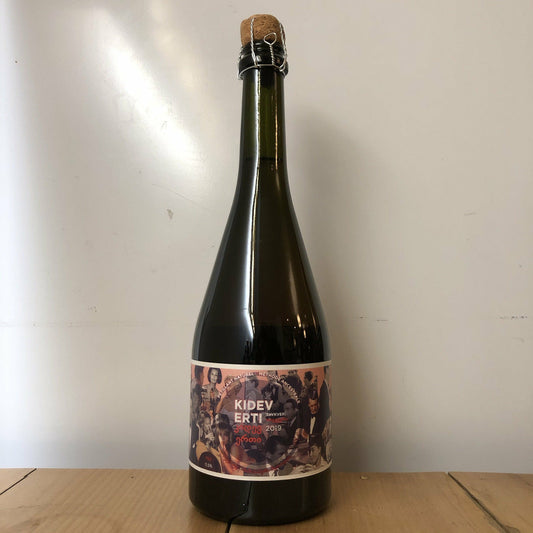 Sold out
Sold outLapati, "Kidev Erti" Rose Brut 2019
Vendor:ThirstRegular price $28.00 USDRegular priceUnit price / per -
Oda Winery, "Orbeluri Ojaleshi" Rosé 2018
Vendor:Oda WineryRegular price $25.00 USDRegular priceUnit price / per -
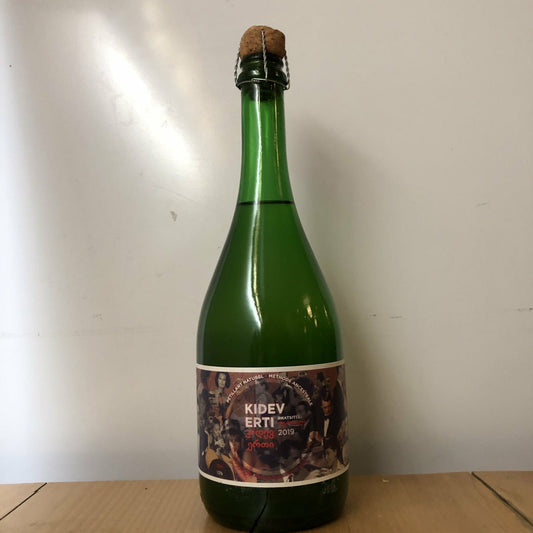 Sold out
Sold outLapati, "Kidev Erti" Amber Brut 2019
Vendor:ThirstRegular price $28.00 USDRegular priceUnit price / per -
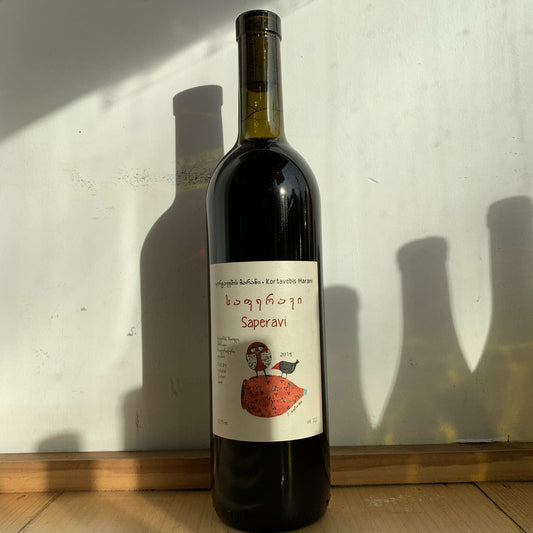 Sold out
Sold outKortavebis Marani, "Saperavi" 2019
Vendor:ThirstRegular price $36.00 USDRegular priceUnit price / per -
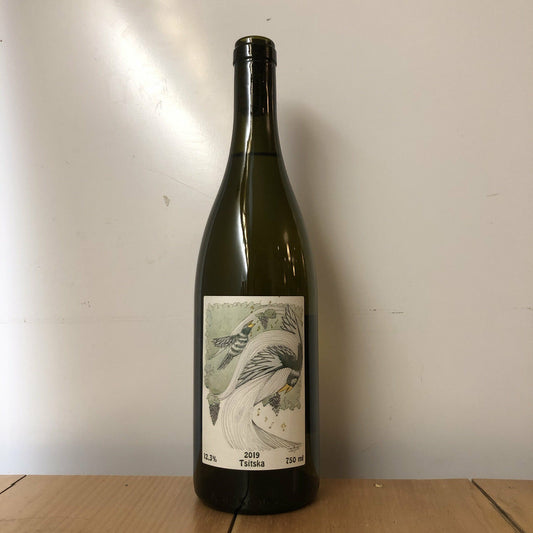 Sold out
Sold outMakaridze, "Tsitska" 2019
Vendor:ThirstRegular price $22.00 USDRegular priceUnit price / per -
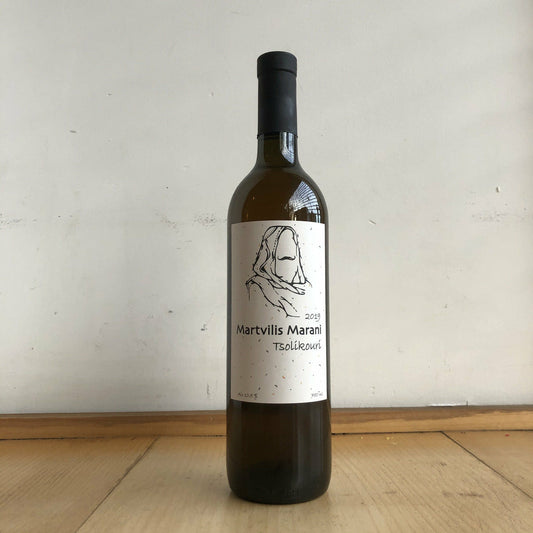 Sold out
Sold outMartvilis, Tsolikouri 2019
Vendor:MartvilisRegular price $35.00 USDRegular priceUnit price / per -
Kortavebis Marani, "Kiss of Mtsvane" 2019
Vendor:ThirstRegular price $36.00 USDRegular priceUnit price / per -
 Sold out
Sold outMakaridze, "Aladasturi Rose" 2019
Vendor:ThirstRegular price $25.00 USDRegular priceUnit price / per -
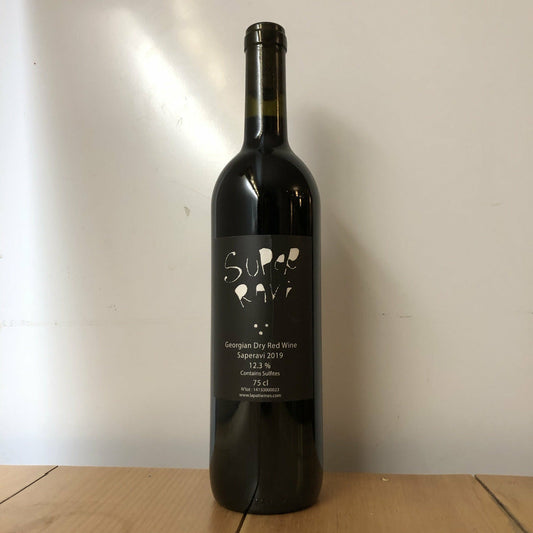 Sold out
Sold outLapati, "Super Ravi" 2019
Vendor:ThirstRegular price $25.00 USDRegular priceUnit price / per -
 Sold out
Sold outOri Marani, "Definetly Maybe" NV
Vendor:ThirstRegular price $25.50 USDRegular priceUnit price / per -
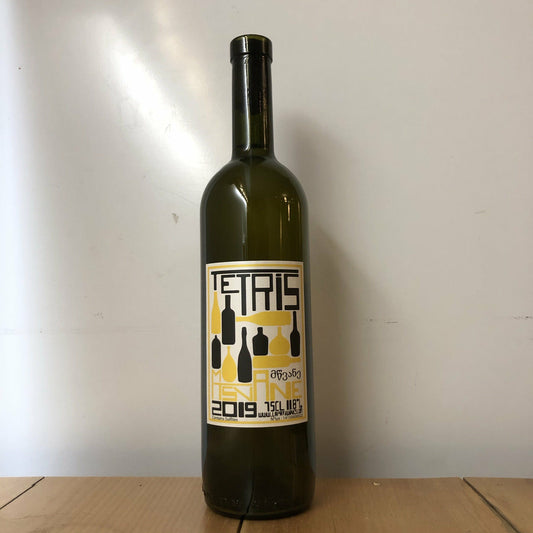 Sold out
Sold outLapati, "Tetris" 2019
Vendor:ThirstRegular price $25.00 USDRegular priceUnit price / per -
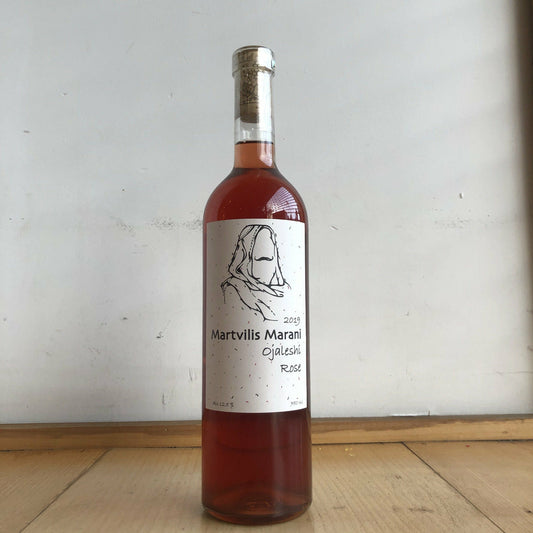 Sold out
Sold outMartvilis, Ojaleshi Rose 2019
Vendor:MartvilisRegular price $39.00 USDRegular priceUnit price / per -
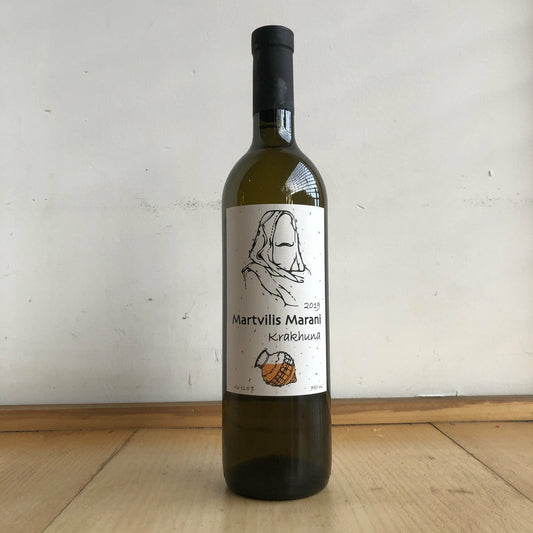 Sold out
Sold outMartvilis, Krakhuna 2019
Vendor:MartvilisRegular price $35.00 USDRegular priceUnit price / per -
Kortavebis Marani, "35 Varieties of Grapes" 2019
Vendor:ThirstRegular price $38.00 USDRegular priceUnit price / per


















